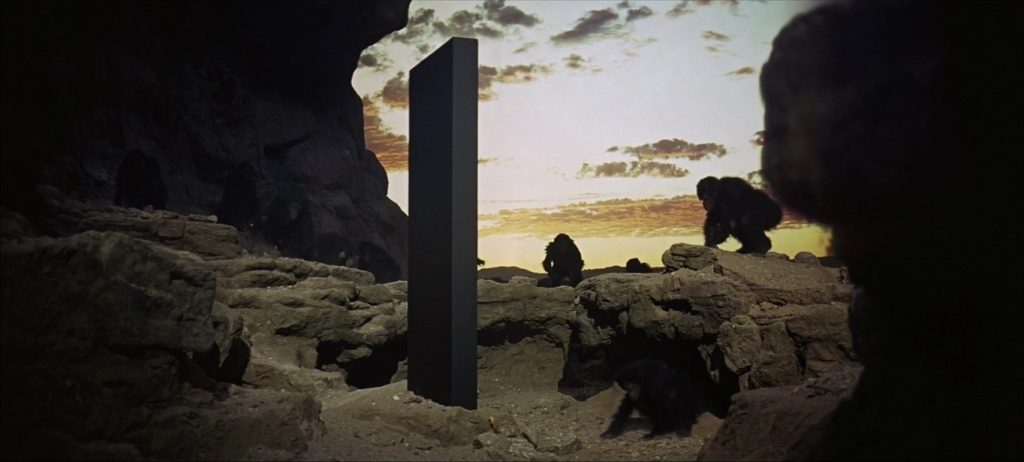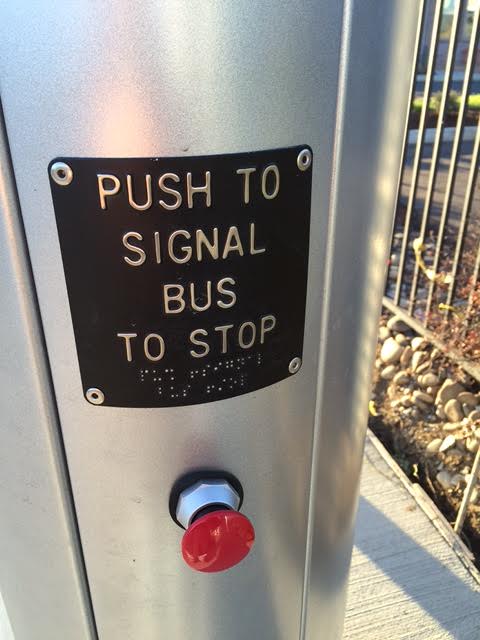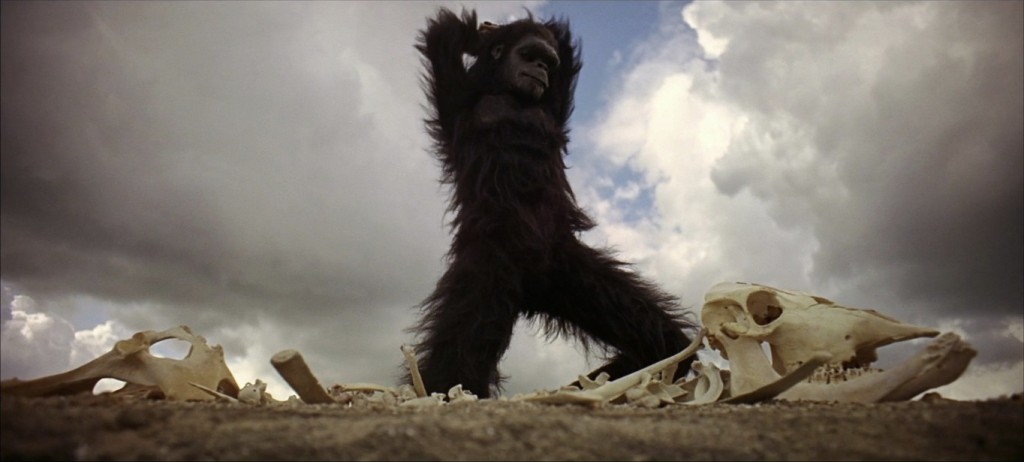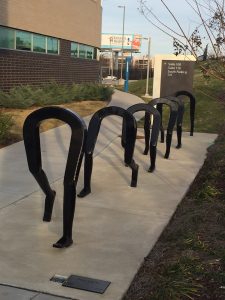Let Sleeping Faces Lie.
 Even though Susan Harlan’s Alternatives to Resting Bitch Face made me laugh something about it still bothered me. And then I realized it’s that term and I remembered that one of my favorite things about going to dog shows is hearing little old ladies say, “Look at that bitch go” and “Who does that bitch think she is?” but that’s another story.
Even though Susan Harlan’s Alternatives to Resting Bitch Face made me laugh something about it still bothered me. And then I realized it’s that term and I remembered that one of my favorite things about going to dog shows is hearing little old ladies say, “Look at that bitch go” and “Who does that bitch think she is?” but that’s another story.
And I felt like the list was still putting the responsibility in the wrong place. Maybe that was the point and I not only missed the joke and am unnecessarily white knighting here–it wouldn’t be the first time. I’m still trying to figure out why guys think it’s appropriate to ask women to smile and I’m amazed by the catalog of creepiness at Endearingly Wacko (part 1 and part 2) I’d like to offer up some alternatives to the alternatives.
I’m Projecting My Feelings Onto You Brain
You’re Out Of My League So I’m Going To Insult You Brain
I Have No Self-Awareness Brain
I Expect Something In Return For Behaving Like A Decent Human Being Brain
I’m Unaware Of This Male Privilege You Speak Of Brain
I Really Believe Women’s Experiences Are Just Like Men’s Brain
I Don’t Get Why You Aren’t Flattered By Attention From Strangers Brain
I’ll Decide Whether I’m Your Type Brain
I Was Raised By Coyotes Brain
I’ve Mistaken You For Someone Who Gives A Shit Brain













